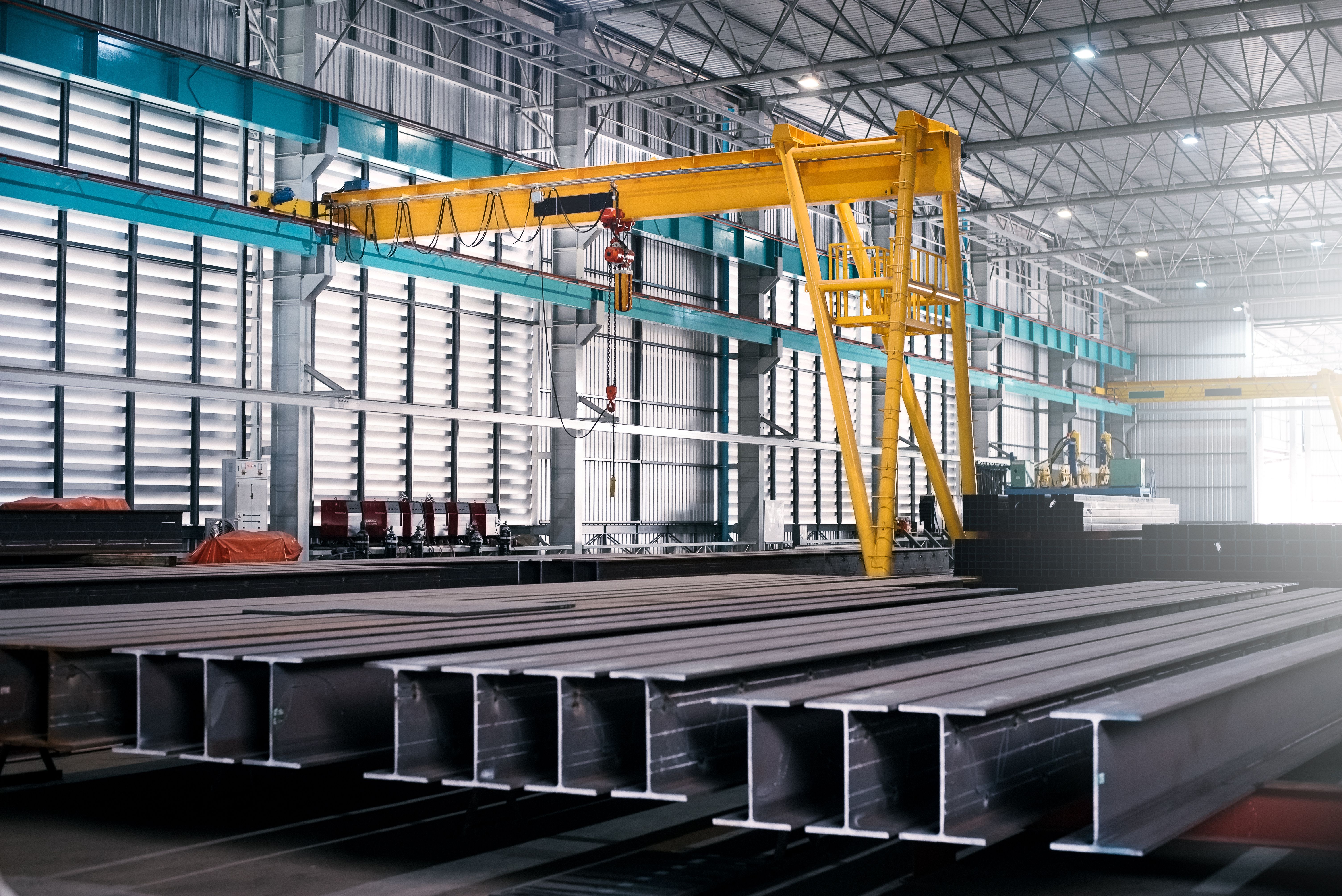How does trade credit benefit the steel industry and MSMEs, especially during the pandemic.
Key Takeaways:
- Trade credit is an essential part of doing business, regardless of sector
- It allows different players in the value chain to seamlessly do business without the need to raise short-term finance
- In sectors like steel, where the cycle from purchasing the raw material to realising payment on the finished product is long, trade credit is a boon, especially for small businesses
No matter what business you are in, some of your transactions are probably on credit. If you are a manufacturer, you may be buying your raw materials on credit, and your clients are most likely taking your finished product on credit. Trade credit lubricates the engines of economic activity by giving downstream partners the time to create products and realize the value of those products from end customers.
At a basic level, trade credit is simply an arrangement that lets buyers take the goods they need from sellers without paying cash up front. Depending on your business and arrangement with your suppliers, you could get credit ranging from 30 to 90 days. But just as you get to enjoy the fruits of credit, your downstream partners such as clients and customers would expect a similar courtesy.
In the face of strict lockdowns and restrictions on movement following the outbreak of the pandemic, several industries faced contractions, including the steel industry. While the industry is showing signs of recovery in 2021, many enterprises, especially MSMEs, are relying on trade credit to get through this trying time.
The formal sector does not lend easily to small businesses. Without access to short-term credit from banks and financial institutions, small businesses often resort to borrowings at high interest rates, which eats into their margins and profits. The pandemic-induced lockdowns and the consequent demand contraction have made matters worse as many of them are saddled with unsold inventory.
Trade credit works on trust and relationship-building. Yes, most enterprises have contracts and agreements, but the system works best when there’s a rapport and understanding between the supplier and manufacture and the customer.





 +91 7208055523
+91 7208055523
 Help & support
Help & support
